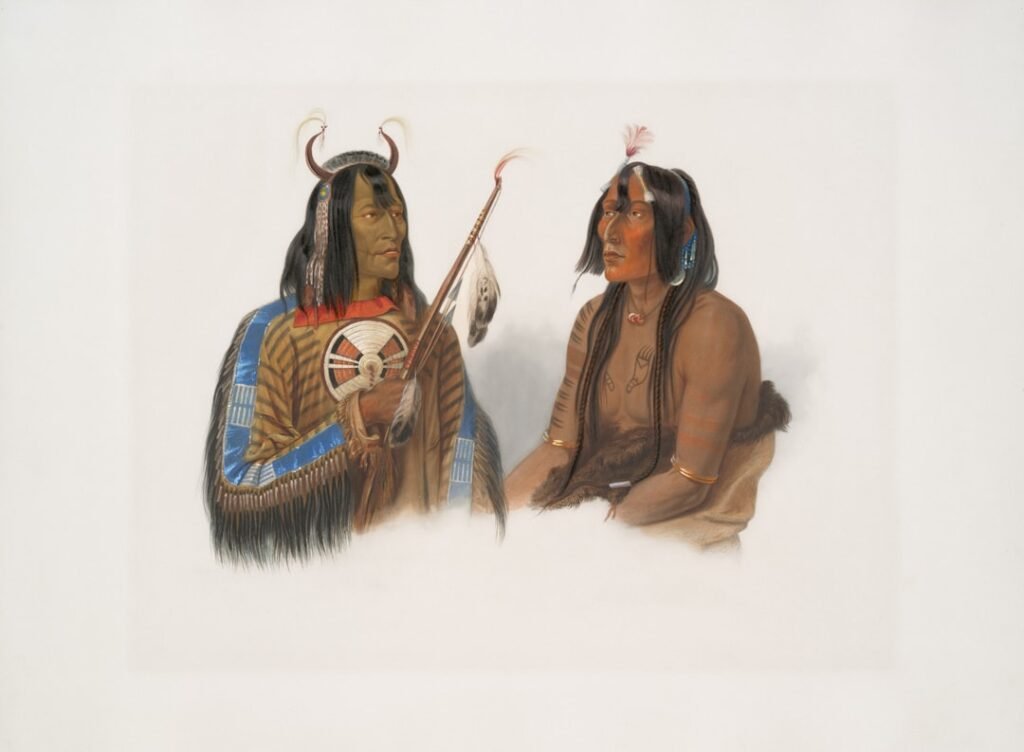The Lakota people have captured imaginations for centuries with their rich culture, fierce independence, and deep spiritual traditions. Yet beneath the surface of what many think they know lies a complex and fascinating civilization that has endured for over a millennium. From their ingenious historical record-keeping to their profound connection with the natural world, the Lakota story reveals layers of wisdom, resilience, and cultural innovation that continue to thrive today.
Their journey from the woodlands near the Great Lakes to becoming masters of the Great Plains represents one of the most remarkable cultural adaptations in North American history. Get ready to discover surprising truths about this extraordinary people that will challenge everything you thought you knew about Native American life.
They Are Part of Seven Sacred Council Fires
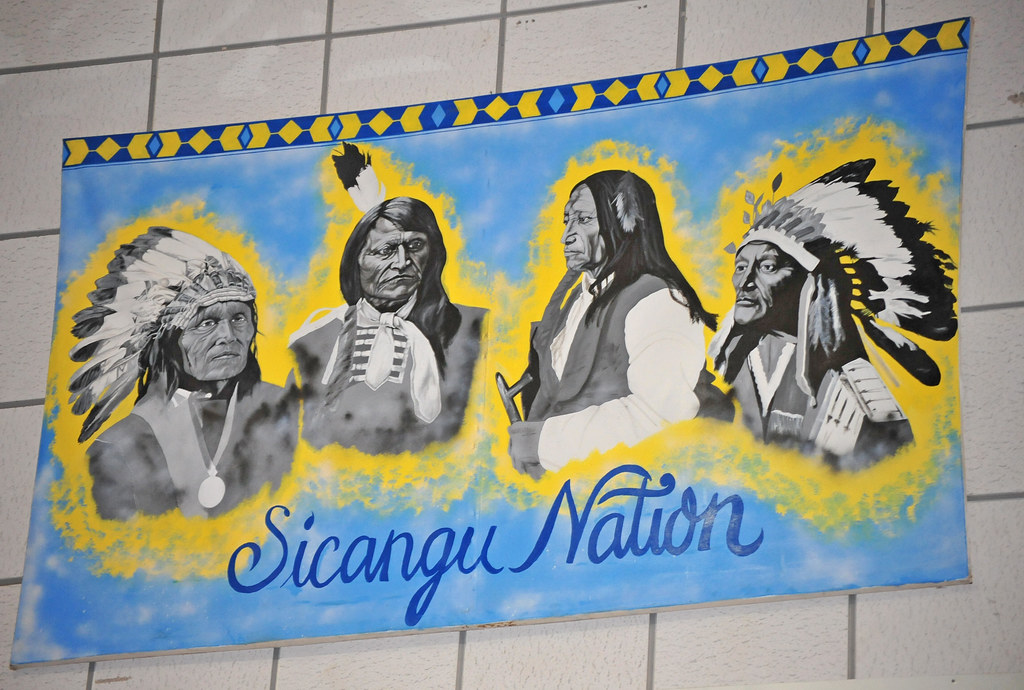
The Lakota belong to a larger confederation known as the Oceti Sakowin, or “Seven Council Fires,” which encompasses the entire Sioux nation. This powerful alliance includes not just the Lakota, but also the Eastern Dakota (Santee) and Western Dakota groups. They speak Lakȟótiyapi, the westernmost of three closely related languages that belong to the Siouan language family.
Within the Lakota division itself, there are seven distinct bands called Ti Sakowin or the Seven Tents: Sicangu (“Burnt Thighs”), Oglala (“Dust Scatters”), Hunkpapa (“End of the Circle”), Minneconjou (“Planters Beside the Stream”), Sihasapa (Blackfoot), Oohanunpa (Two Kettle) and Itazipco (Without Bows). Each band maintains its own unique cultural and territorial characteristics while sharing the broader Lakota identity.
Their History Spans Over 1,000 Years Through Winter Counts
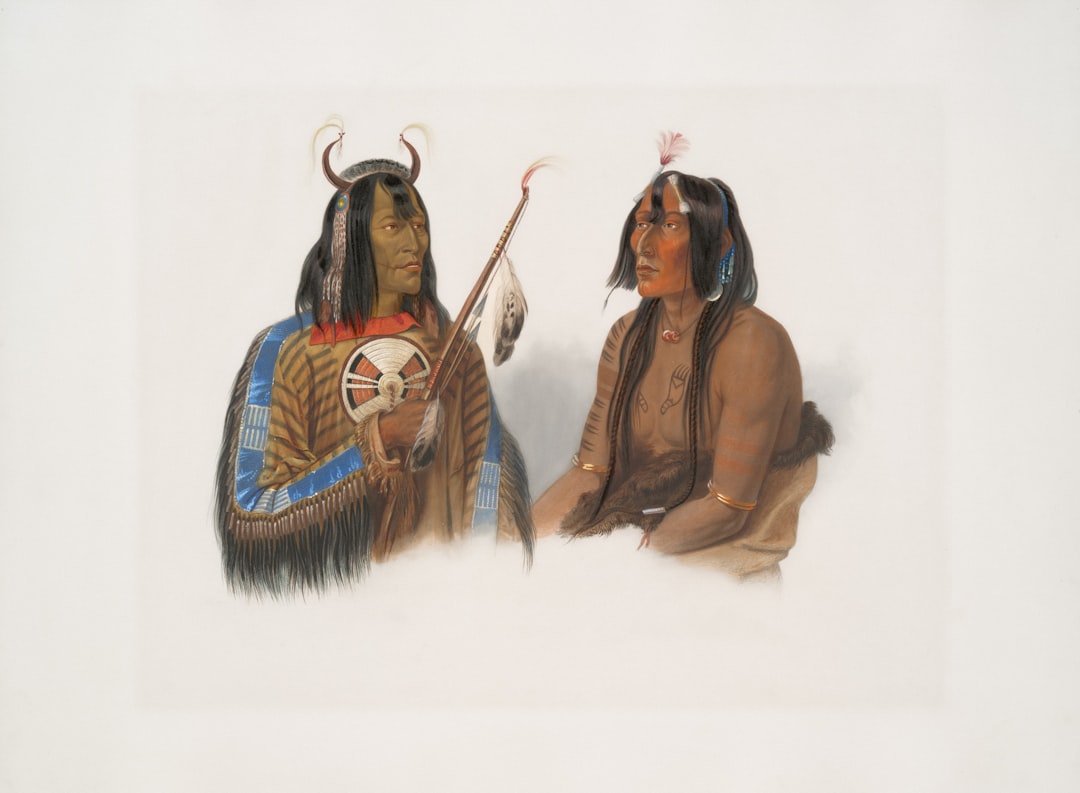
The Battiste Good winter count, spanning from 1700 to 1879, chronicles significant events in Lakota history, including the sacred story of when White Buffalo Calf Woman gave the Lakota people the White Buffalo Calf Pipe. These winter counts, known as waníyetu wówapi in Lakota, represent one of the most sophisticated historical recording systems developed by any Native American people. The winter counts chronicle centuries of their history in pictures: battles fought, treaties struck, buffalo hunts, meteor showers, droughts, famines, epidemics, painted mostly on buffalo hides until the species was hunted to near-extinction in the late 19th century.
Each year, a band’s elders would choose the most important event in the life of the community, and the winter count keeper – generally, a trusted elder – would paint a scene on the hide to represent it, adding to the years of images that came before. Think of it as their version of a historical newspaper, except each “edition” covered an entire year in a single powerful image.
They Made One of History’s Greatest Cultural Migrations
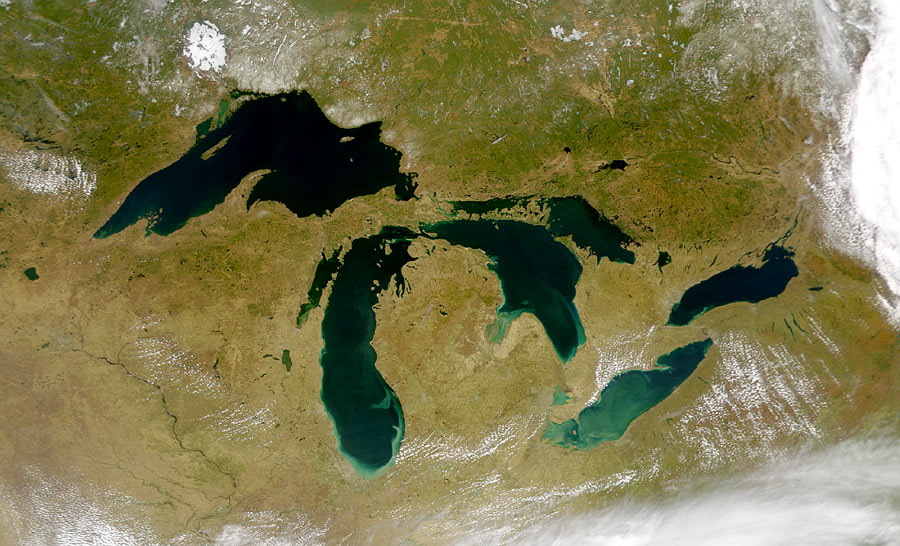
Lakota legend and other sources state they originally lived near the Great Lakes, in the region around Lake Superior, where they lived by hunting, fishing, and gathering wild rice in this forest environment. However, this peaceful woodland existence wouldn’t last forever. In the late 17th century, the Lakotas who were living in the upper Mississippi region were forced to the Great Plains on the west of Mississippi and then to South Dakota due to the tribal wars occurred over the fur trade.
Their westward journey transformed them from woodland dwellers into one of the most formidable Plains cultures in history. In 1700, the Lakota people began acquiring horses, which allowed them to hunt buffalo, as well as dominate the Missouri River basin with their warrior strength and advanced equestrian skills. This cultural shift from forest-dwelling farmers to nomadic buffalo hunters represents one of the most dramatic adaptations in Native American history.
The Sacred Black Hills Have Been Their Spiritual Center for Centuries
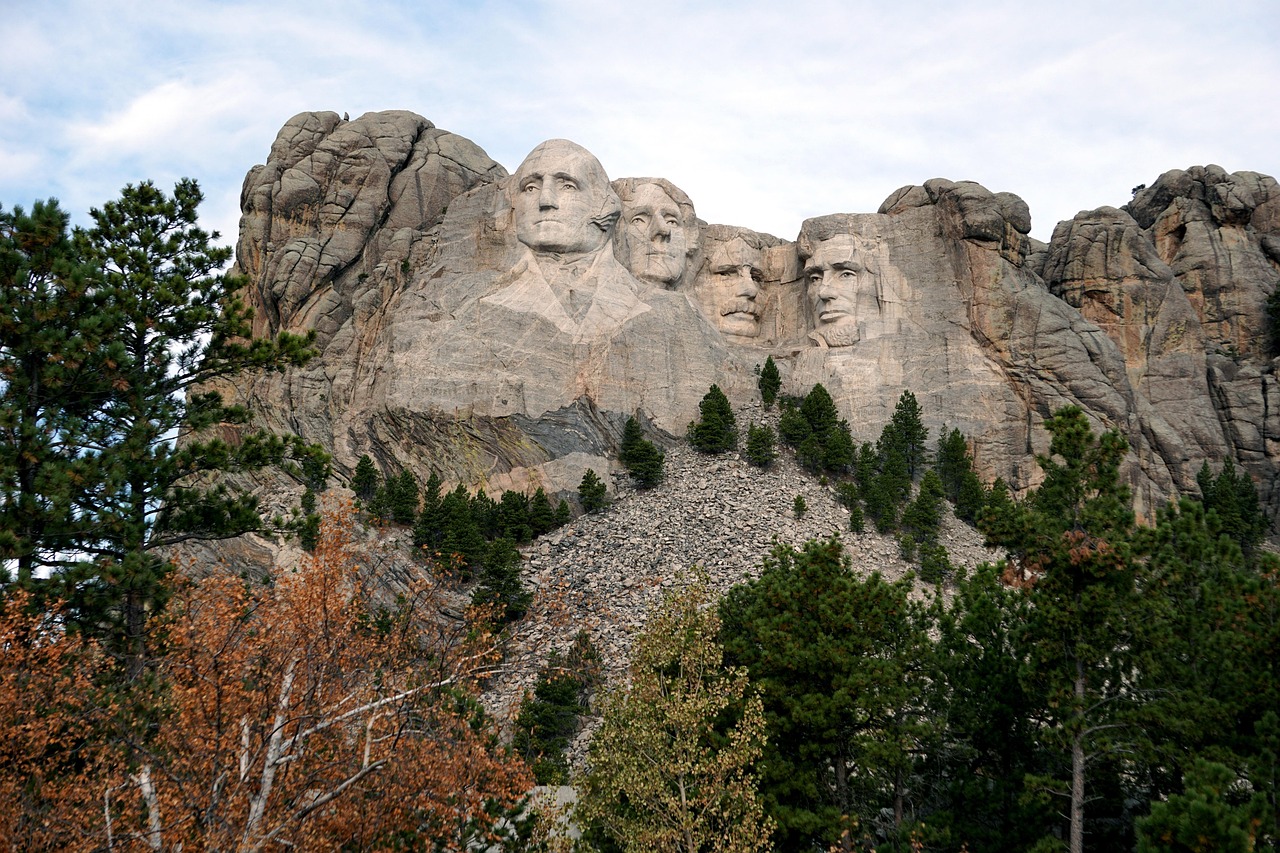
In 1765, a Saône exploring and raiding party led by Chief Standing Bear discovered the Black Hills (the Paha Sapa), then the territory of the Cheyenne, and the Lakota made the Black Hills their home. But this wasn’t just a territorial acquisition – it was the discovery of their spiritual homeland. He Sapa, sometimes known as Paha Sapa, is land considered sacred by the Lakota and other Plains tribes, known as wamaka ognaka y cante (the heart of everything that is).
The connection runs deeper than geography. Traditional Lakota beliefs hold that their people emerged from the earth itself through Wind Cave in the Black Hills, making this region literally their birthplace according to their creation stories. The Black Hills were considered sacred by the Lakota, and they objected to mining when gold was discovered there in the 1870s, leading to some of the most significant conflicts in American frontier history.
They Practice Seven Sacred Ceremonies Given by White Buffalo Calf Woman
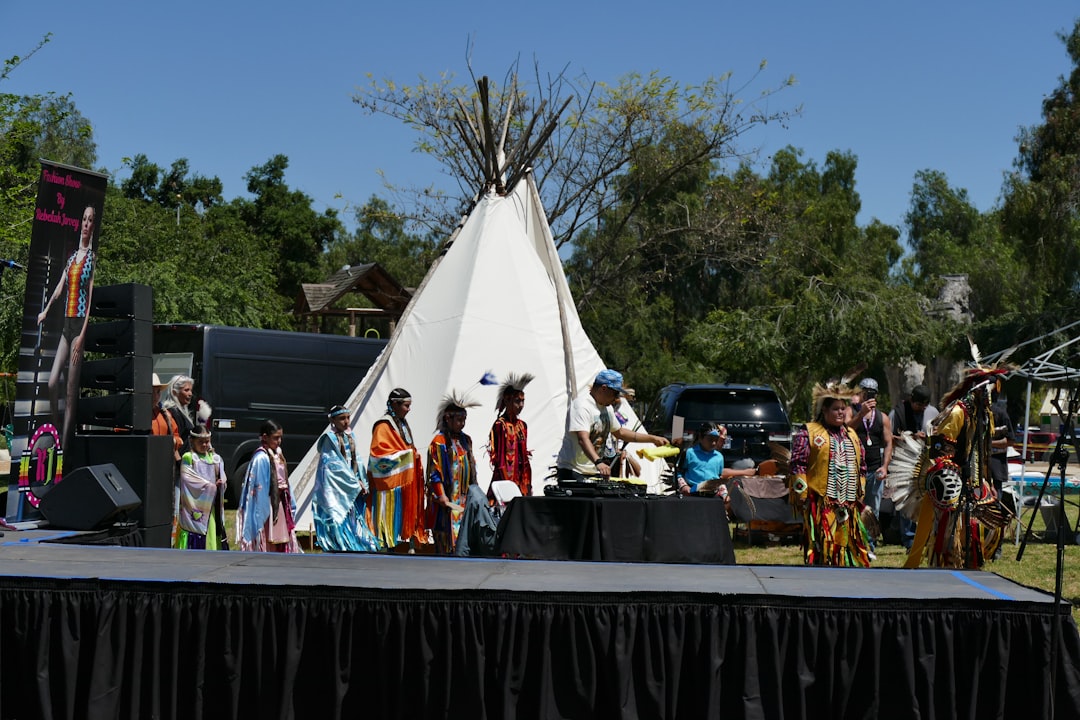
A long time ago, the Sacred White Buffalo Calf Woman came to Earth and gave the Lakota people a Sacred Pipe and a small round stone, which were to be used in the first rite, Keeping of the Soul, which she taught them, and she also said six other rituals would be revealed to them. These seven sacred rites form the backbone of Lakota spiritual life and have been practiced for over a thousand years.
The Sun Dance is the most important of the Seven Sacred Rites not only to the Lakota, but to many other Plains tribes as well. The Lakota/Dakota/Nakota people have always lived by seven rites, each of these rites survived through colonization and are still with us today, with courageous ancestors who kept these sacred teachings for us, even when they were outlawed by the government. The resilience of these ceremonies through periods of severe persecution demonstrates their fundamental importance to Lakota identity.
Buffalo Were Their Everything – Literally
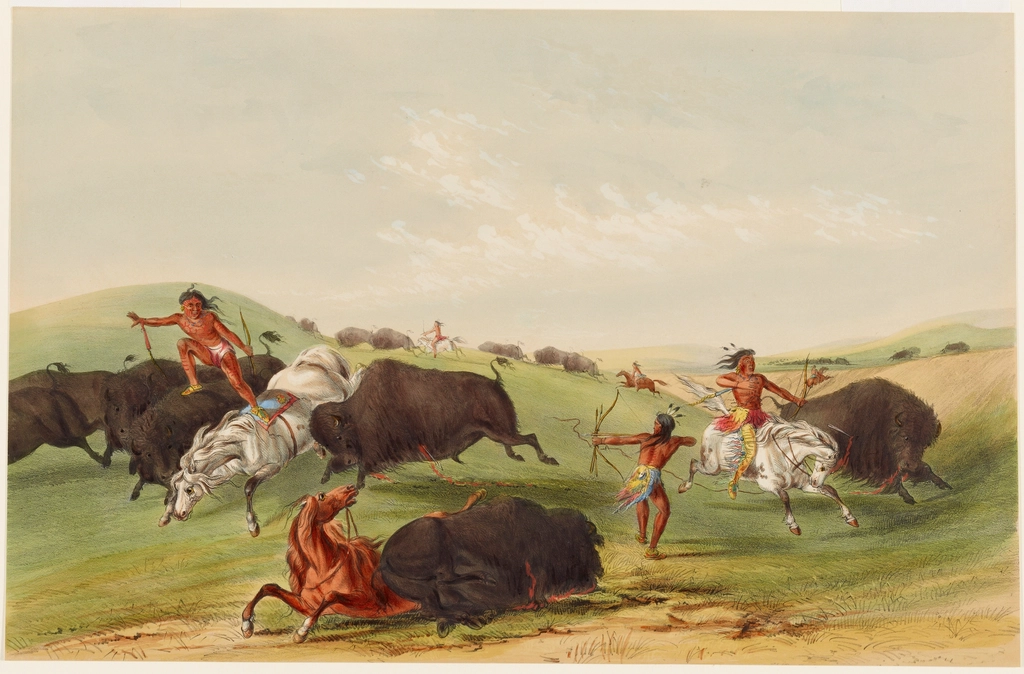
Buffalo (tatanka) provided the primary food source with any excess hides traded with other tribes and Anglo-Americans, and the Lakota people also traded buffalo hides to Mandan villages for corn to obtain a better diet that did not wholly rely on meat consumption. But calling buffalo simply a food source dramatically understates their significance. The Lakota utilized everything from the animal to provide food, shelter, clothing, and tools for the people, and beyond the physical, the buffalo gave a deep spiritual connection to the earth and sky, plus it carried heavy burdens for the people.
Around the middle of the 18th century, the Lakota were expert buffalo hunters and developed a buffalo-hunting process, depending on a spiritual leader’s vision to indicate the commencement of bison hunting. Honestly, it’s hard to imagine a more intimate relationship between a people and an animal – the buffalo wasn’t just their economy, it was their entire way of life wrapped into one magnificent creature.
Their Language Contains Ancient Wisdom and Is Fighting for Survival
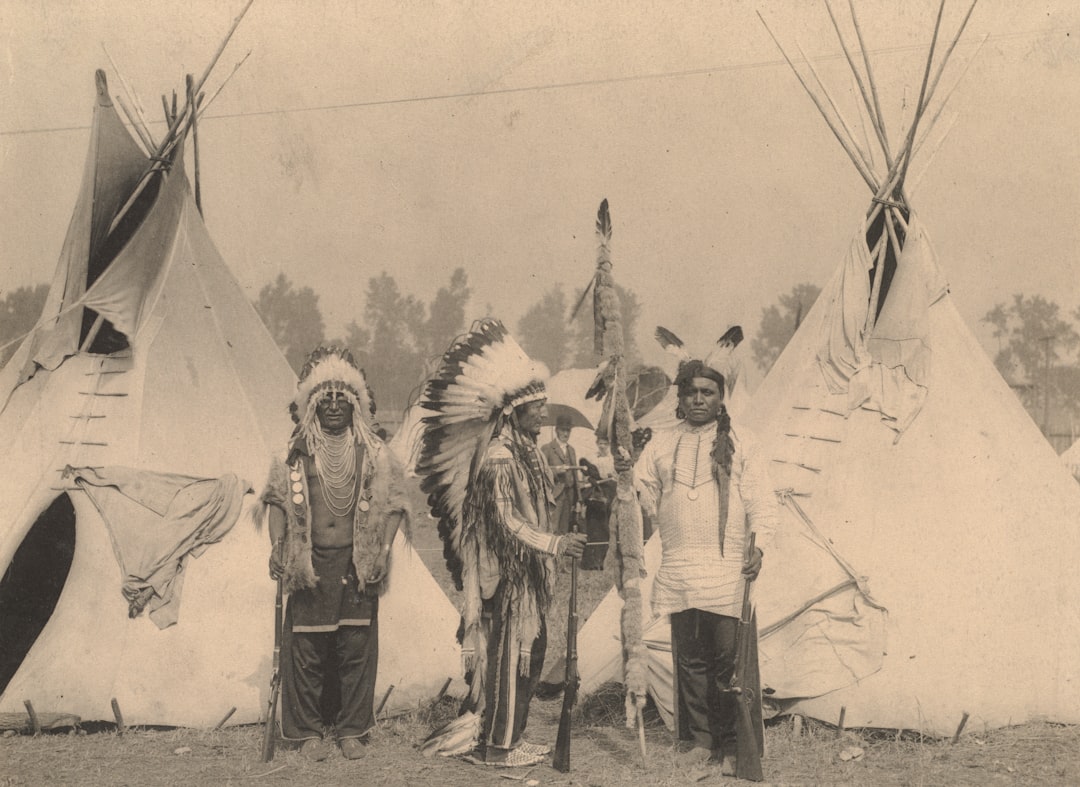
In 2010, the Lakota population was more than 170,000, of whom about 2,000 still spoke the Lakota language (Lakȟótiyapi). This represents one of the most urgent cultural preservation challenges facing the tribe today. The history of the Lakota language dates back to 900 CE, making it a repository of over a millennium of accumulated wisdom and cultural knowledge.
The language itself reflects their worldview in fascinating ways. Traditional Lakota doesn’t have a concept of linear time as we understand it – instead, it focuses on relationships and connections between all living things. The Lakota language is old and conservative and embedded in it is our own history, telling us that we have been in the Black Hills far longer than 1776, with oral tradition stories having creatures that are prehistoric, going back thousands of years. Each word carries layers of meaning that connect the speaker to their ancestors and the natural world.
They Developed Unique Warfare Based on Honor, Not Conquest
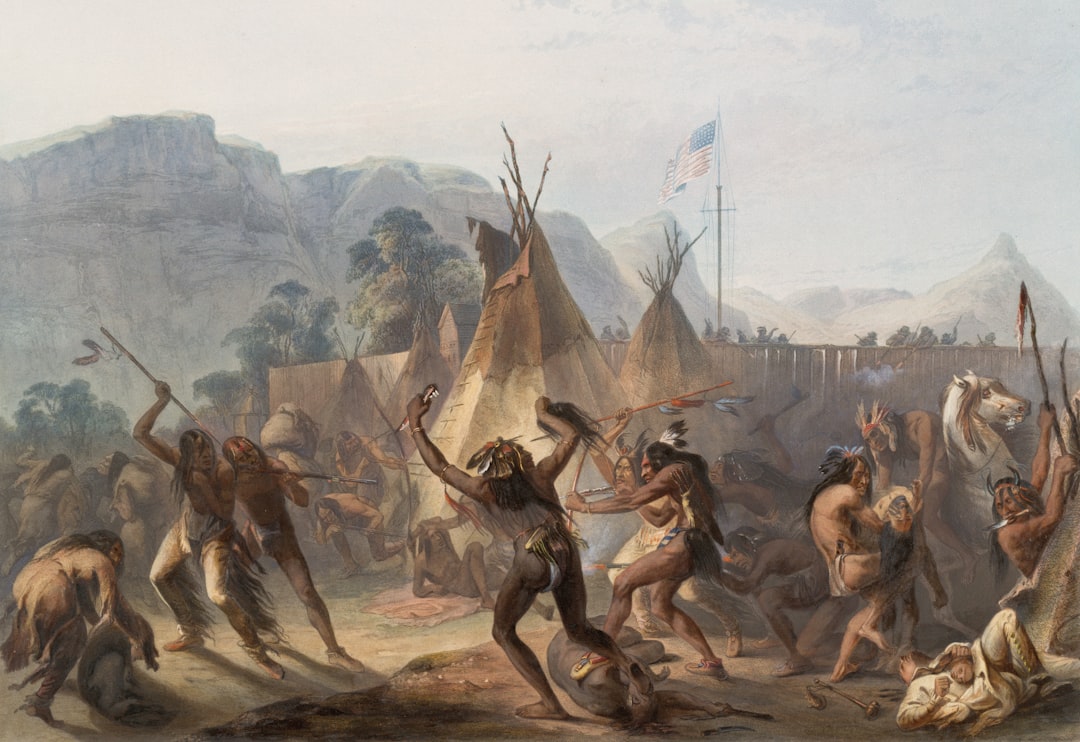
They didn’t fight over territory but instead to prove their courage, and so Plains Indian war parties rarely fought to the death or destroyed each other’s villages, with their war customs including counting coup (touching an opponent in battle without harming him), stealing an enemy’s weapon or horse, or forcing the other tribe’s warriors to retreat. This approach to warfare was fundamentally different from European concepts of total war and conquest.
A cultural tradition of the Lakota was counting coup, which was a way for warriors to earn prestige by fighting bravely and cunningly in battle, ideally forcing the enemy to admit defeat without wounding him. Imagine warfare where the ultimate goal wasn’t to kill your enemy but to demonstrate such superior skill and bravery that you could touch them and escape unharmed. This philosophy reveals a culture that valued courage and skill over mere destruction.
Women Hold Powerful Roles in Traditional Lakota Society
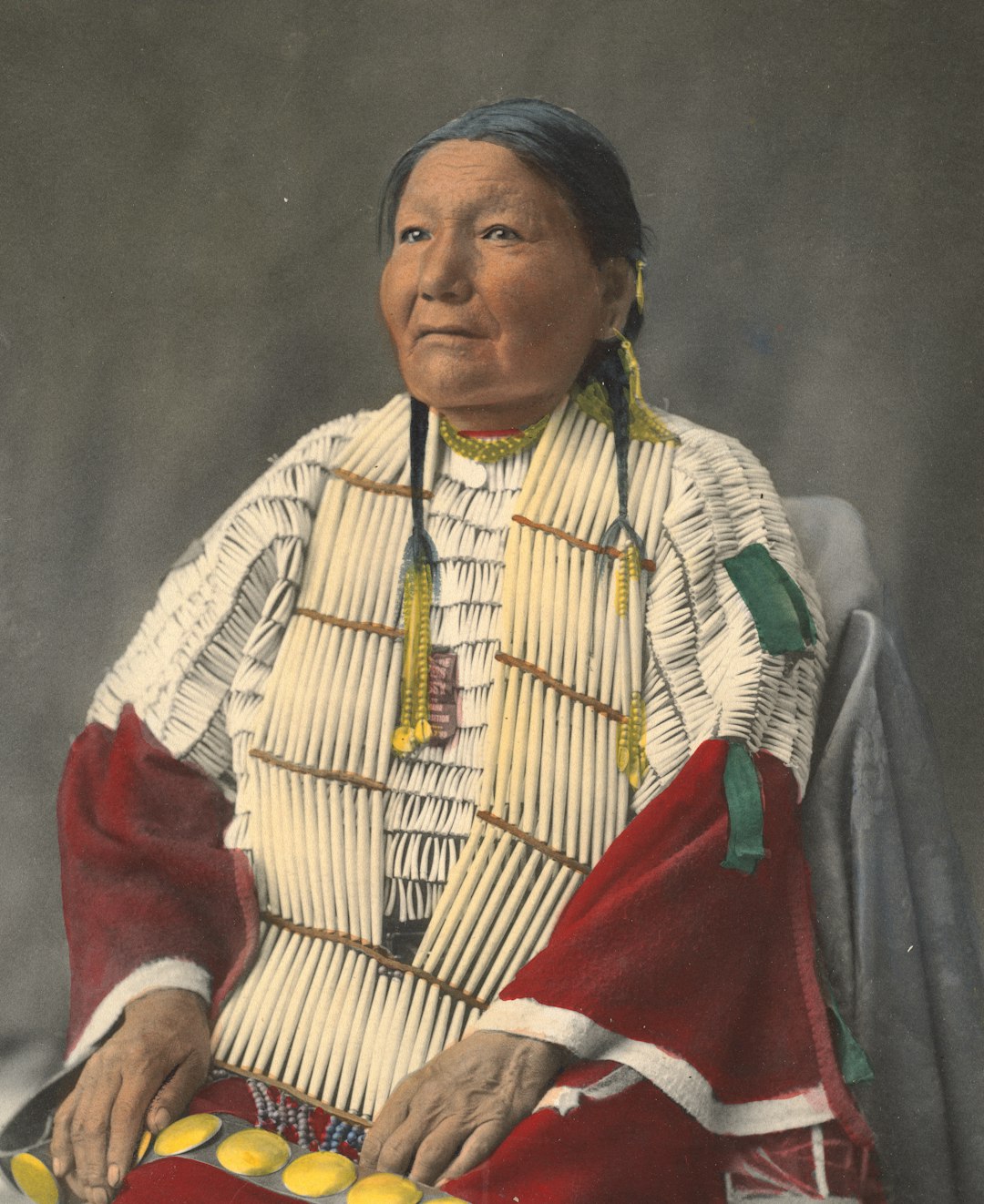
In the Lakota culture, women oversaw the family home and were responsible for constructing the tipi, which also required hauling the heavy posts via a traverse when the tribe decided to move. Yet their influence extended far beyond domestic duties. Lakota women are known for their porcupine quillwork and beadwork, while the men are known for their elaborate buffalo-hide paintings.
Traditional Lakota society recognized women’s power in ways that often surprised European observers. Women controlled family property, had significant influence in tribal decisions, and their artistic work wasn’t just decorative – it carried spiritual and historical significance. Vision Quests can be undertaken as part of the rite of passage from boyhood to manhood or as an adult in order to receive specific revelations, and while men are traditionally the ones who take part in this ceremony, in recent years, some women have prayed for visions in formal Vision Quests.
They’ve Survived Centuries of Attempted Cultural Destruction
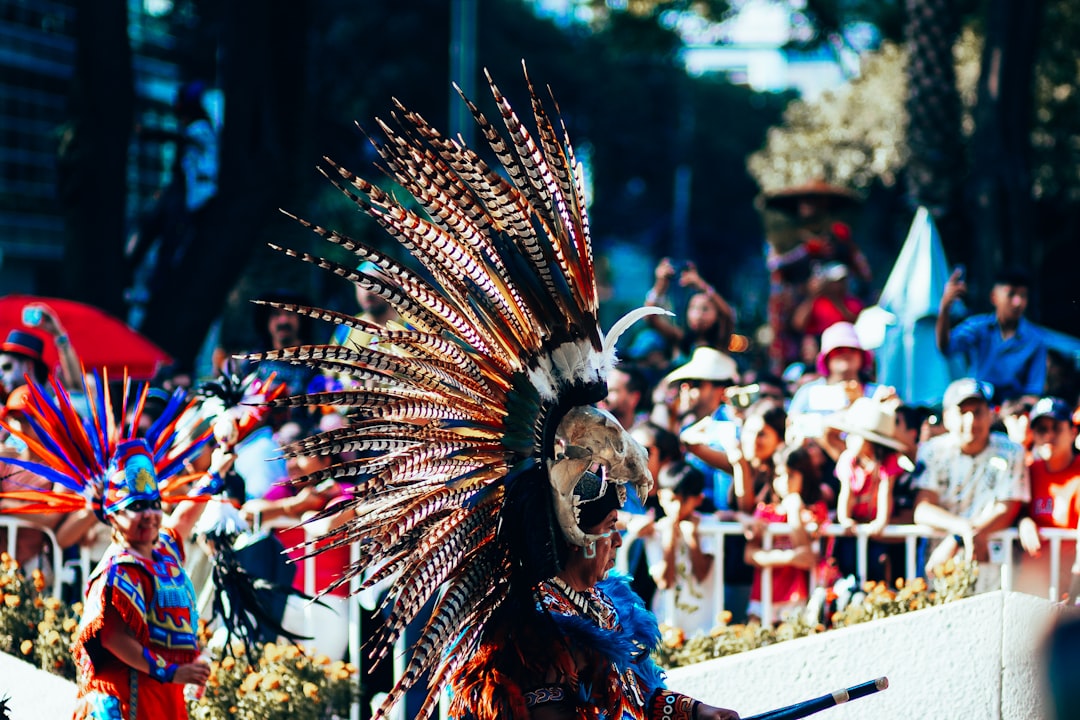
Native American religious observances, including the seven rites, were outlawed by the government of the United States in the 1890s but continued to be practiced in secret until easements to the laws in the 1920s and 1930s, and it was not until 1978, with the passage of the American Indian Religious Freedom Act, that all restrictions on Native American religious observances were lifted. The fact that their sacred ceremonies survived nearly a century of official prohibition speaks to incredible cultural resilience.
Education on the reservation is shadowed by a history of boarding schools, a state-sponsored system designed to assimilate Native children by breaking their cultural and family ties, with Dana Dupris and Ben Elk Eagle, Lakota elders who were forced to attend boarding schools, speaking about the lasting impacts of these experiences on family dynamics and health in their community. Yet through all of this systematic cultural suppression, the Lakota have not only survived but maintained their distinct identity and traditions.
Their Modern Challenges Reflect Historical Injustices
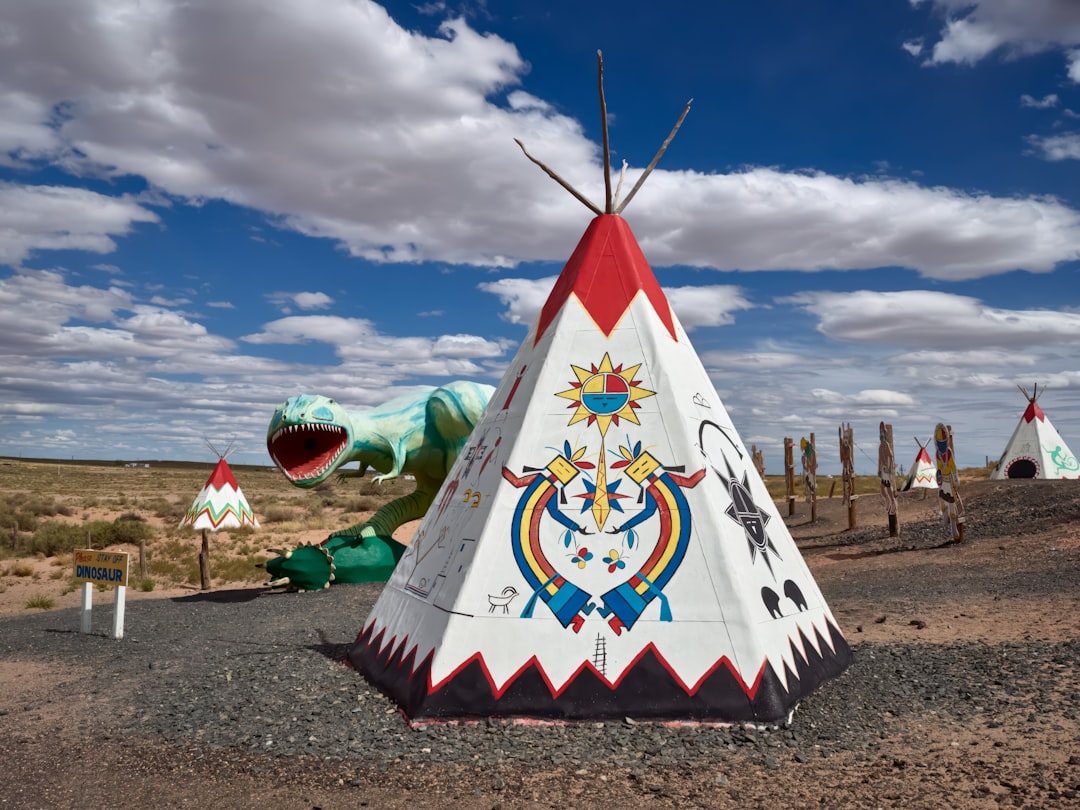
Today, there are five Lakota reservations, each one housing different bands within , and they are poor, with 40% living in insufficient housing today, and it is very difficult to own private land on a reservation, so it is hard for anyone to gain credit or gain wealth. These modern struggles aren’t accidents – they’re the direct result of historical policies designed to break up tribal lands and undermine Native economies.
The Lakota are still battling for their land, protesting against the Keystone Pipeline in 2015 and seeking to regain their ownership of the Black Hills. Their contemporary activism connects directly to centuries of struggle for sovereignty and self-determination. Despite facing poverty rates that would devastate most communities, they continue to fight for their rights while maintaining their cultural traditions and raising new generations of proud Lakota people.
Conclusion
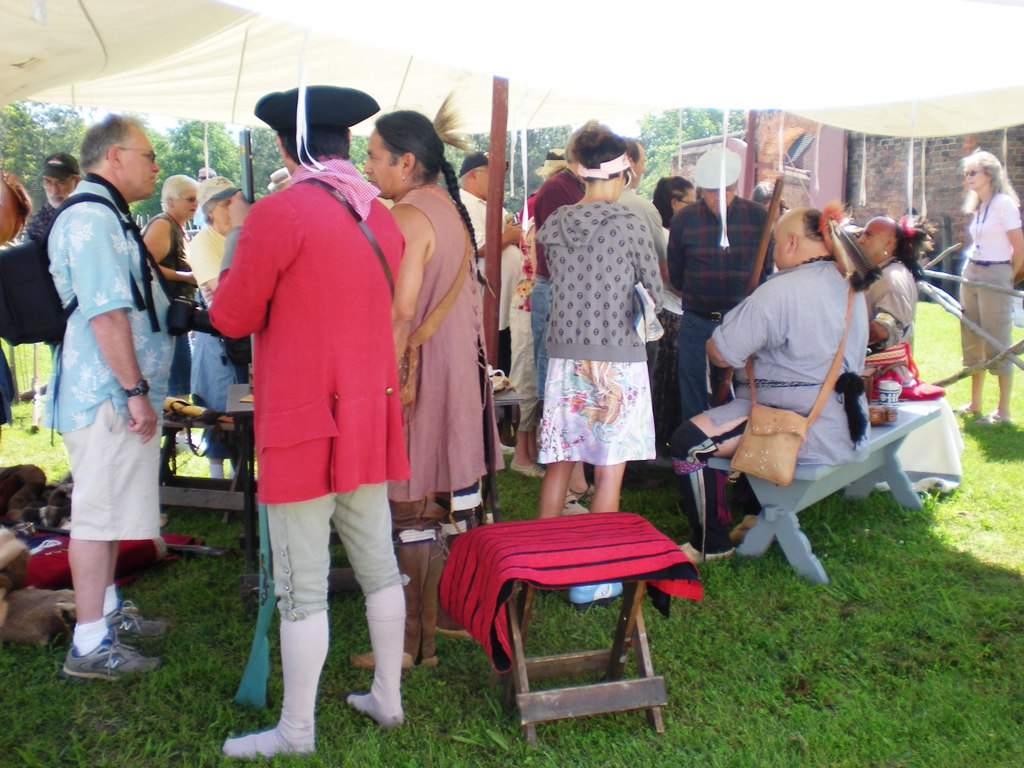
The Lakota story reveals a people whose strength lies not in their past achievements alone, but in their ongoing ability to adapt while maintaining their core identity. From their ancient winter counts to their modern fight for sovereignty, they’ve demonstrated that culture isn’t a museum piece – it’s a living, breathing force that guides a people through whatever challenges they face.
Their journey from woodland dwellers to Plains warriors to modern advocates shows us something profound about resilience and identity. The same people who once followed buffalo herds across endless grasslands now navigate complex legal battles to protect their sacred lands, and both require the same courage their ancestors showed centuries ago.
What strikes me most about the Lakota story is how their values – respect for elders, connection to the land, community over individual gain – offer wisdom our modern world desperately needs. Their survival isn’t just a testament to their own strength, but a gift to all of us who can learn from their example.
What do you think about these fascinating aspects of Lakota culture? Tell us in the comments.

